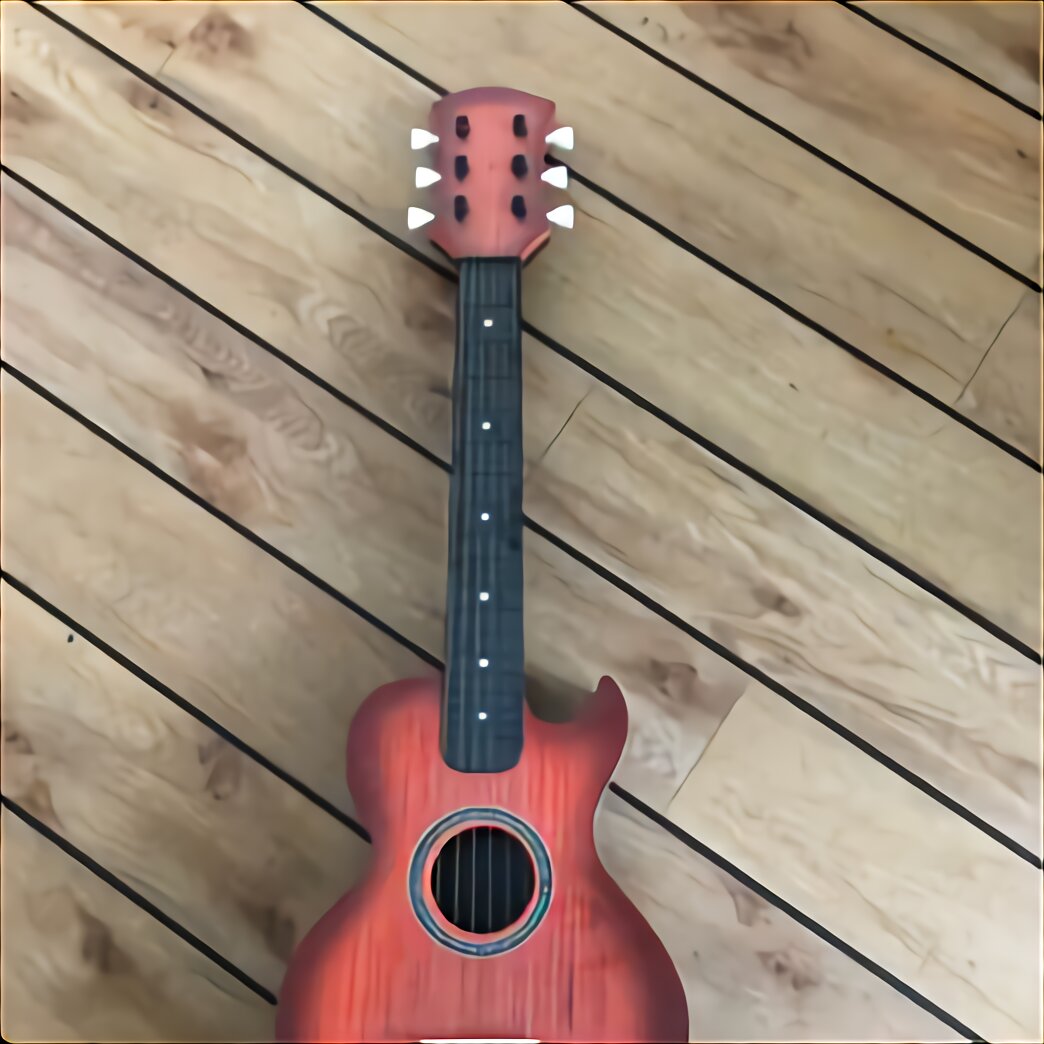Introduction To Playing Ukulele Scales
Introduction To Playing Ukulele Scales
Blog Article

One of the great things about the ukulele is the fact that it creates a unique sound to a song. This is the reason why people are curious with this musical instrument. In fact, the sound that comes out of this musical instrument is called ukulele music because of its distinct sound.
Finally the least Ukulele for sale in uk common is re-entrant D tuning a somewhat new technique. You are going to want some non-standard strings so that you can make use of this tuning. This is also much like a guitar, but with the D string tuned higher.
Practice so slowly you can't possibly make a mistake. Once you've got a phrase under your fingers, it's easy to speed up. Once you've got a mistake under your fingers, it's nearly impossible to get rid of it.
If you are not sure how the strings should sound, you are better off to use an electronic tuner to tune your ukulele. This way you can be sure that the instrument is properly in tune. Once you have been playing the instrument for a while, you will then know how to tune by ear. There are many different electronic tuners available on the market today. They are normally called chromatic tuners and they are not very expensive.
It's Ukulele for sale in uk cheap - Children can't always be trusted to be careful with their instrument. There's no need to worry with a Ukulele. They are cheap to replace and hardy instruments (I once watched a child stand on one to reach a shelf).
There are only four strings on the Ukulele for sale, so there's a tendency amongst ukulele players to make sure that every one counts. Most guitarists are quite happy with three-note major and minor chords. Since I started playing the ukulele my knowledge of how chords are formed and how they can be manipulated to create new and interesting sounds.
You can use your first finger for all the notes but a more professional approach is to play the notes on the first fret with your first finger, the notes on the second fret with your long finger and the notes on your third fret with your ring finger.
Hold down the second string (from the top) at the 4th fret, and pick it alternating with your open string underneath it. Tune this open 3rd string to sound the same as fretted one above it. Report this page